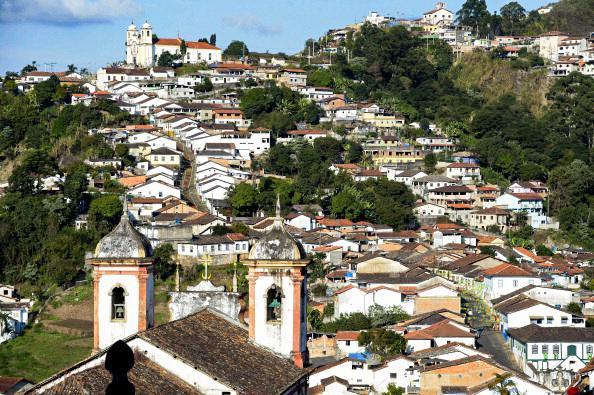With its simple white façade, the Brazilian church of Our Lady of the Rosary of the Blacks in the historic town of Ouro Preto looks like any church. But once inside the church, decorated in a lavish Baroque style, one journeys to a glorious past. Bright colors, gold, and detailed ornamentation are only a few of the striking elements inspired by the European Rococo and the Brazilian Baroque styles.
Ouro Preto’s Brazilian Baroque Architecture
Brazilian building styles started with settlements built by the indigenous people. Local residents used leaves, vines, fibers, and wood to build their shelters. While indigenous architecture was functional and European architecture was more aesthetic, they had one thing in common: the local fauna and flora. From the 16th century, Brazilian architects incorporated these local elements into European architectural styles.The first wave of Brazilian architecture started with Portuguese colonial architecture. This style first emerged in the 16th century, when Portuguese explorer and nobleman Pedro Álvares Cabral first came to the New World. Following Cabral, Portuguese immigrants wanted to reproduce a style close to what they knew in the homes they had left.
Although Ouro Preto did not see this style, major cities, such as Rio de Janeiro and Salvador, followed the Portuguese colonial style, easily recognizable through lime or brightly colored facades, symmetry and recessed alcoves and windows. The architectural style was popular until the 18th century.
Portuguese colonial architecture was followed by the Baroque style. Brazilian Baroque emerged in the state of Minas Gerais, where, south of the state’s capital of Belo Horizonte, the town Ouro Preto was one of the first to adapt European Baroque into their unique Brazilian style. Ouro Preto is one of the most important colonial towns, because it is where gold was first found.
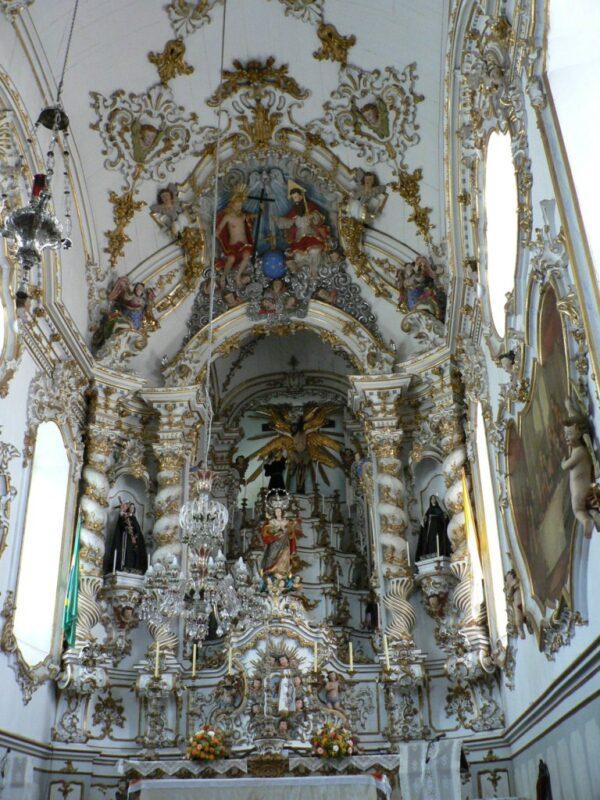
After the discovery, Ouro Preto became a mining town and architects followed the Baroque style known as “Barroco Mineiro.” After all, what is more baroque than gold? The style literally translates to “Mining Baroque” (from the town of Minas, which means “mines” in Portuguese) style.
The style typically includes Baroque and Rococo elements such as gold, elaborate detailing, ornamentation, and lavish colors. It also uses local materials such as cedar wood and soapstone and local decorative elements, such as the beautiful Brazilian fauna and flora. There are many beautiful examples of this style, which can be admired in colorful ornate buildings, theaters, palaces, and churches.
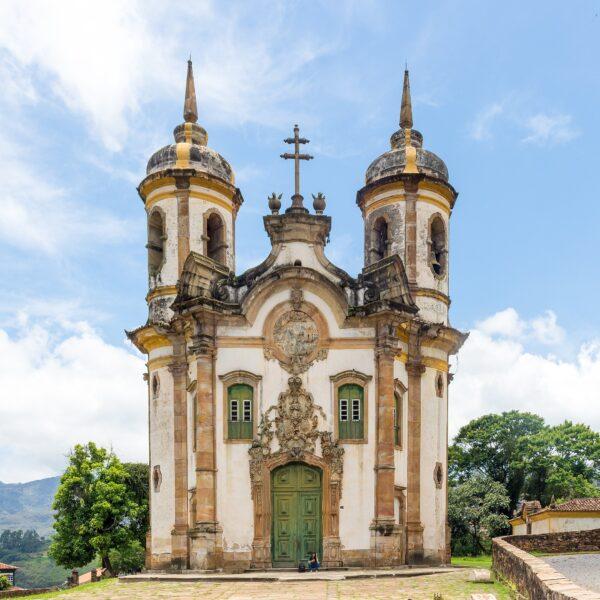
The church of St. Francis of Assisi in Ouro Preto is an example of the Brazilian Baroque architectural and decorative style. The church also incorporates Rococo elements of gold, painted ceilings, and detailed carvings of local flora and fauna. This church was designed by the first major architect of Brazil, Antônio Francisco Lisboa, better known as Aleijadinho. With his other artistic skills of sculpting and woodcarving, he created an enduring Brazilian style.
Although he worked in other cities, most of Aleijadinho’s work is present in Ouro Porto as one of the most important figures of Brazilian Baroque architecture, blending Rococo and Baroque styles. His opulent style contrasted with the sobriety of other churches.
Brazilian Neoclassicism in Manaus
Neoclassicism came as a reaction to the Baroque style, as a desire for a simple yet elegant architectural style that had arrived in Europe. Architects were inspired by Greek and Roman architectural floor plans, triangular roofs, and multi-story columns. Once again, Brazil took to the new European style and, once again, Brazil made the style its own.Many cities moved from ornamental façades and colorful buildings to building the Neoclassical style with simpler façades of marble, limestone, and white soapstone. Some cities built structures entirely in a Neoclassical style, such as the city of Manaus, located in the Brazilian state of Amazonas.
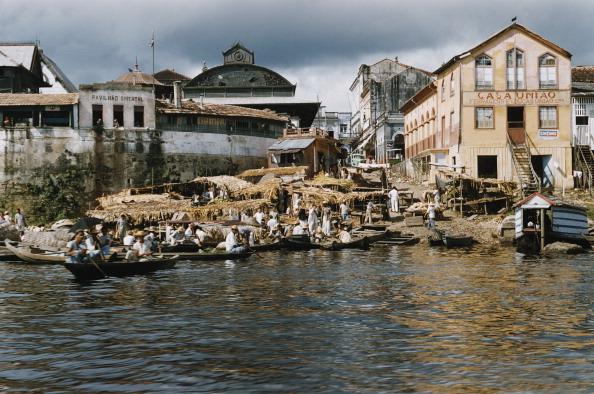
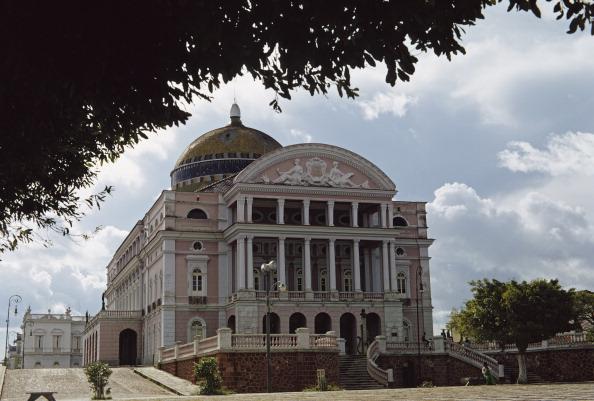
Interestingly, like other traditional Brazilian structures, most of the construction materials and decorative elements were imported from Italy, France, and Scotland.
Brazilian Architecture Comes Into Its Own
Traditional Brazilian architecture is now recognized internationally. Most Brazilian cities represent different architectural styles influenced by Europe through the centuries, and are now UNESCO World Heritage sites, as they show great craftsmanship and beauty. The Amazon Theater in Manaus is a UNESCO world heritage site.As the first Brazilian town to be so recognized, Ouro Preto is also a UNESCO world heritage site as of 1980, with 11 chapels, 13 churches, bridges and museums that represent Brazilian Baroque. Other cities followed, such as the colonial city of Salvador.
Much more than places on a map, Brazilian cities with traditional architecture are a tribute to the national and international architects and artists of the past. Their craftsmanship is a tribute to a unique and internationally acclaimed style.

